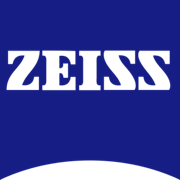Results of the iPraktikum SS18
(Dominic Henze, Lukas Alperowitz, Dora Dzvonyar, Bernd Bruegge, August 2018)
Results of previous years
Goal
This lab course covers mobile applications for smart devices, ranging from standalone applications, embedded systems including hardware and sensors to the design of modern interfaces for complex business applications. Students learn and apply software engineering and usability engineering techniques. This includes object-oriented modeling and system design as well as the realization of graphical user interfaces, usability testing, continuous integration and continuous delivery. Real industrial partners provided the problem statements and acted as clients. 9 industry partners participated in the iPraktikum SS18, each with a different problem statement and its own team. More than 100 students delivered these applications using agile techniques and communicating continuously to their clients.
Program Management
 |
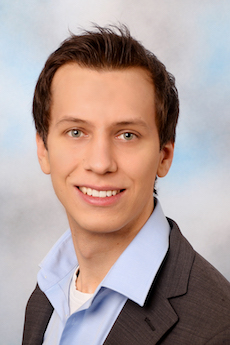 |
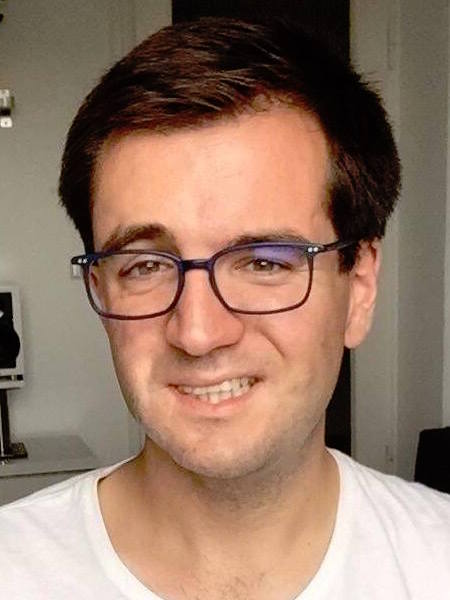 |
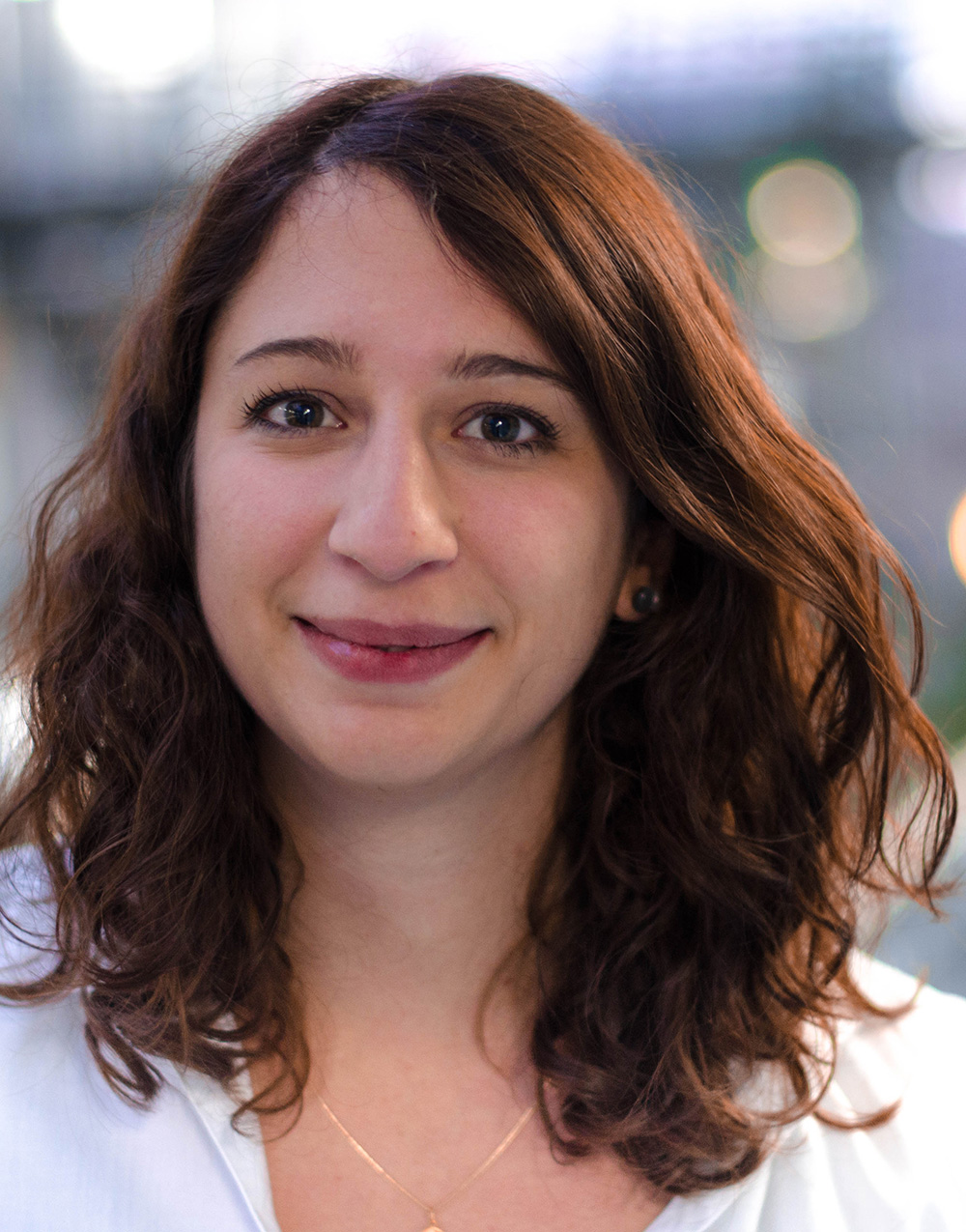 |
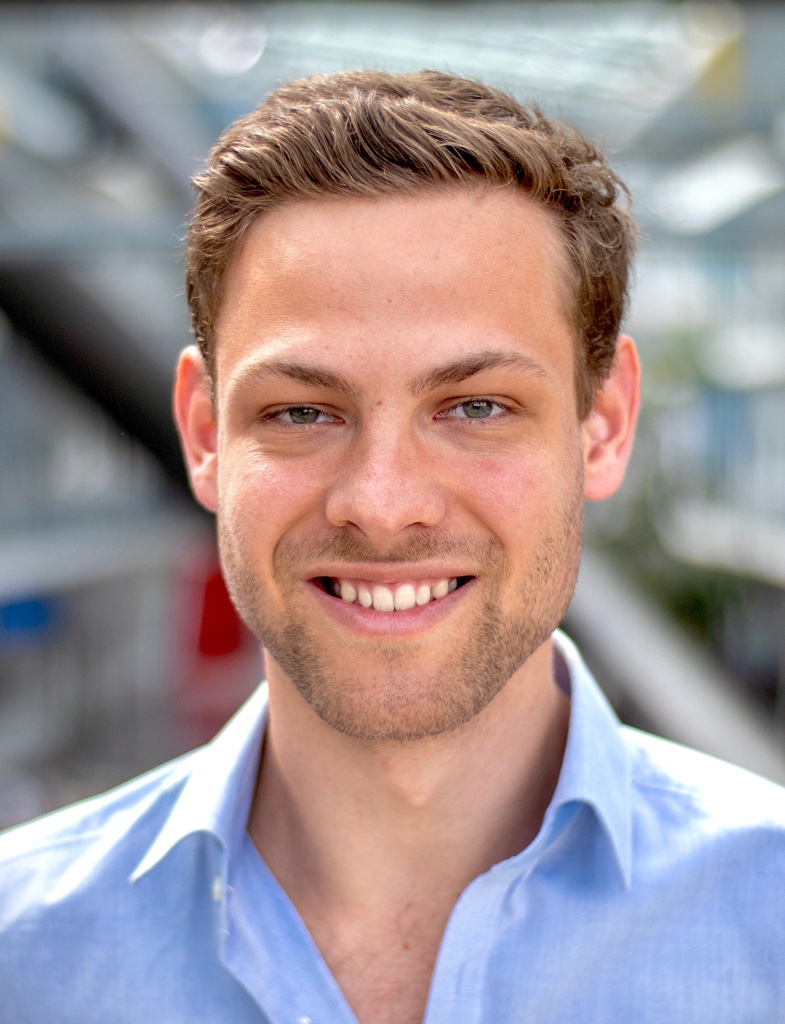 |
| Dora Dzvonyar | Paul Schmiedmayer |
Organization
The chart shows the project based organization of the course. All projects are shown as columns including information about customer, project management and student team. A team of twelve student coaches dealt with the project management of the teams. Furthermore cross-project teams with one member of each team (horizontal bars) dealt with different aspects during the project. The release management team was in charge of the right usage of version control, continuous integration, continuous delivery and feedback management. The Merge Management team kept an eye on the right use of the git branching model and the incorporation of a pull request workflow. The modeling team was responsible for the modeling activities including the creation of informal models, i.e. trailer, mockups and UML diagrams to improve the communication of difficult aspects within the team.
Projects
|
Project: Partchain Partchain takes advantage of Blockchain technology to counter challenges in current supply chains. Every participant of the delivery network – suppliers, logistic service providers, manufacturers get registered on the blockchain and their according tasks get vastly improved by using the mobile application. The entire workflow of a delivery gets recorded through multiple transactions on hyperledger's historian, which allows all participants to be able to query the lifecycle of every asset with complete accuracy and use just a single tamperproof database which becomes an undeniable source of truth. Team members: Daniel Miehle (Project Leader), Sandra Grujovic (Coach), Daniel Schlingmann, Roxhens Meraj, Andreas Pfurtscheller, Sumeet Batheja, Saptwarshi Saha, Yunxi Yang, Boyan Georgiev, Mariana Scarso Meneghini Customers: Heiko Musa |
|
|
Project: BRight There The BR-App is a navigation app with additional features. The application uses data about the current weather and traffic situation and combines it with the travellers personal preferences/constraints (e.g max/min walking/biking distance) to create an optimal route to their destination. This route, in contrast to traditional navigation applications, may consist multiple modes of transportation, generating greater flexibility with a more personalized route. Team members: Mariana Avezum (Project Leader), Jens Klinker (Coach), Sebastian Roith, Kun Peng Wang, Jonas Mayer, Omar Afify, Jana Rudolf, David Budischek, Joseph Saroufim, Hanyu Gao Customers: Mustafa K. Isik |
|
|
(Project videos ommitted due to non-disclosure agreement) |
(Project description ommitted due to non-disclosure agreement) Team members: Sajjad Taheri (Project Leader), Paul Weber (Coach), Sharmin Khan, Halil Can Salis, Paul Rangger, Arda Özdere, Luz Angela Cifuentes Gómez, Muhammad Haroon Arshad, Martin Schneider Customers: Berkay Ogulcan Tutal, Katharina Kosev, Joachim Reichel, Fabian Schröder |
|
(Project videos ommitted due to non-disclosure agreement) |
(Project description ommitted due to non-disclosure agreement) Team members: Nadine von Frankenberg (Project Leader), Simon Lang (Coach), Drilon Avdiu, Murat Güner, Wenjian Li, Patrick Ruoff, Thomas Binderberger, Ivan Pavlov, Yannick Spreen Customers: Henrik Oevermann |
|
Project: Dips - Intelligent Parking Solution Dips is a system that helps car drivers to find a parking space quickly and easily. By analyzing each user’s location and movement throughout the day, Dips is able to recognize patterns in user behavior. Moreover, the system automatically detects when users park their car and leave their parking space. With this knowledge, Dips predicts at which time parking space will most likely be vacant in the future. Eventually, the system is thus able to replace expensive sensors at parking lots. Team members: Dora Dzvonyar (Project Leader), Quirin Schweigert (Coach), Oliver Flum, Oliver Borchert, Sabrina Heinrich, Dominik Schmöller, Janis Juppe, Markus Paulsen, Christian Becker, Ann-Christin Kilian Customers: Oliver Feldmann |
|
|
Project: Siren We developed an app called SIREN, which detects traffic signs and traffic lights using machine learning. From currently active signs our app is then able to infer and display current traffic rules. Combined with car sensor data, our app is able to notify and warn our driver in case of illegal or dangerous manoeuvres. Team members: Sebastian Klepper (Project Leader), Magnus Jahnen (Coach), Kaan Sutanrikulu, Valeriia Bakhareva, Simon Schlegl, Chinmay Prabhakar, Metodi Manov, Anton Widera, Tat Dat Pham Customers: Jana Grill, Leon von Tippelskirch |
|
|
Project: Bazaar - Industrial IoT Revolution With the Bazaar application, the app store for IoT reached Augmented Reality (AR). IoT devices can be identified with Machine Learning and apps are shown in AR view accordingly. Available apps can be installed by simple drag and drop onto the device. The user can identify himself with Touch or Face ID to ensure security. Smart technicians use Bazaar IoT to simplify and accelerate software deployment in digital factories. Team members: Andreas Seitz (Project Leader), Philipp Diller (Coach), Maksym Hrinenko, Deeksha Sinha, Ali Abbas Jaffri, Tim Lewandowski, Illia Ovchynnikov, Phuong Mai Mai, Moritz Kellermann, Alina Turbina Customers: Jochen Nickles |
|
|
Project: Design Space DesignSpace is an application that creates new layouts for switching cabinets with Generative Design approach. Design Space, firstly, detects the current switching cabinet and installed components by phones camera. After the configuration of functional requirements and optimization parameters, Design Space generates possible layouts the detected switching cabinet. Lastly, Design Space visualizes the generated layouts via Augmented Reality. Team members: Stefan Nosovic (Project Leader), Paul Kraft (Coach), Mostafa Elhanak, Rodeina Mohamed, Adrian Loher, Haydar Sahin, Tobias Priesching, Aashish Trivedi, Nazim Yilmaztürk, Filipe Mourao Customers: Asa MacWilliams, Rebecca Johnson |
|
|
Project: Zeiss PiWeb App The Zeiss PiWeb App is an app for metrologists to get real-time data of models currently in the production line and project the model in virtual and augmented reality. Metrologists can view characteristics and measurement points on the models and interact with the model through gestures. Models can be annotated and shared with coworkers. Team members: Paul Schmiedmayer & Dominic Henze (Project Leader), Francisco De las Casas Young & Balazs Toth (Coach), Felix Enghofer, Roman Priscepov, Eduardo Prado Ruiz, Yang Liu, René Pierre Lalla, Daniel Antkowiak, Conrad Steinmetz, Pinar Kaymaz, Michael Schlicker, Bilal Ahmed, Artemii Frolov, Joseph Palackal, Eva Ramaj Customers: Matthias Gohl, Sabrina Senna |










